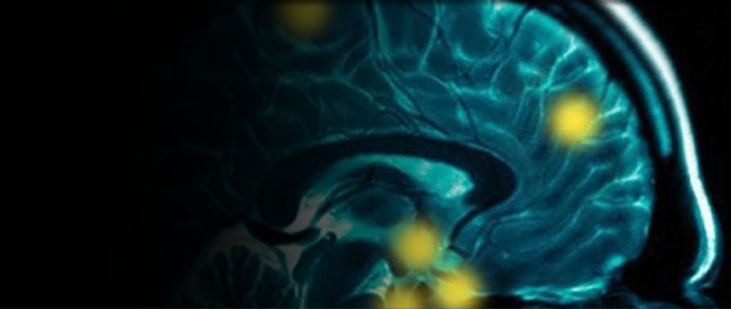By Nadia Barakat, Mark P. Gorman, Leslie Benson, Lino Becerra, and David Borsook | NeuroImage: Clinical | September 6, 2015
Abstract:
Pain is a significant problem in diseases affecting the spinal cord, including demyelinating disease. To date, studies have examined the reliability of clinical measures for assessing and classifying the severity of Spinal Cord Injury (SCI) and also to evaluate SCI-related pain. Most of this research has focused on adult populations and patients with traumatic injuries. Little research exists regarding pediatric spinal cord demyelinating disease. One reason for this is the lack of reliable and useful approaches to measuring spinal cord changes since currently used diagnostic imaging has limited specificity for quantitative measures of demyelination. No single imaging technique demonstrates sufficiently high sensitivity or specificity to myelin, and strong correlation with clinical measures. However, recent advances in diffusion tensor imaging (DTI) and magnetization transfer imaging (MTI) measures are considered promising in providing increasingly useful and specific information on spinal cord damage. Findings from these quantitative imaging modalities correlate with the extent of demyelination and remyelination. These techniques may be of potential use for defining the evolution of the disease state, how it may affect specific spinal cord pathways, and contribute to the management of pediatric demyelination syndromes. Since pain is a major presenting symptom in patients with transverse myelitis, the disease is an ideal model to evaluate imaging methods to define these regional changes within the spinal cord. In this review we summarize (1) pediatric demyelinating conditions affecting the spinal cord; (2) their distinguishing features; and (3) current diagnostic and classification methods with particular focus on pain pathways. We also focus on concepts that are essential in developing strategies for the detection, monitoring, treatment and repair of pediatric myelitis.



